Why CNC Machining Remains a Core Tool in Modern Manufacturing
In the fast-paced world of modern manufacturing, the tools and technologies used have evolved significantly to keep up with growing demands for precision, efficiency, and scalability. Among these innovations, CNC (Computer Numerical Control) machining stands out as a cornerstone in the industry. Its continued relevance, even in the age of automation and digital manufacturing, underscores its unmatched versatility and reliability.
From aerospace to automotive, electronics to medical devices, CNC machining has found applications in nearly every sector. But what makes CNC machining remain such an integral part of today’s manufacturing landscape? Let’s explore its core benefits, how it compares to emerging technologies, and why manufacturers still depend heavily on CNC solutions to deliver high-quality parts and components.
Precision Like No Other
One of the most celebrated features of CNC machining is its precision. Manufacturers can create complex geometries with tolerances as tight as ±0.001 inches, a level of accuracy that is critical for high-performance components used in aviation, robotics, and even prosthetics.
CNC machines follow programmed instructions, eliminating the risk of human error. With the aid of CAD/CAM software, designs are translated directly into machine code, allowing for flawless execution. This capability is especially valuable in industries where even the slightest deviation can lead to part failure or significant losses. For those new to this technology, our beginner’s guide to CNC machining explains how these tight tolerances are achieved through computer-controlled precision
For businesses looking to enhance production output without compromising quality, Kirmell offers CNC services that utilise cutting-edge machines to deliver high-speed, high-accuracy results across a range of materials.
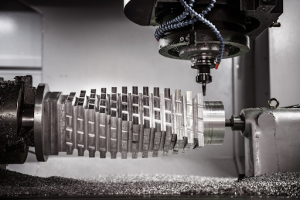
Repeatability and Consistency
Mass production demands repeatability. Whether you’re manufacturing a thousand pieces or a million, every item must meet the same exact standards. CNC machining offers unmatched consistency, thanks to its automated processes. Once a program is created and the machine calibrated, it can reproduce the same part over and over with minimal variance.
For companies operating in highly regulated industries, like healthcare or aerospace, this repeatability is not optional; it’s mandatory. CNC machining ensures that manufacturers remain compliant with strict quality standards.
Versatility Across Materials and Industries
Unlike some manufacturing methods that are limited to certain materials, CNC machining is extremely versatile. It can handle a wide variety of raw materials, including:
- Aluminium
- Steel
- Titanium
- Plastics (like PEEK or Delrin)
- Wood
- Composites
This flexibility makes CNC machining ideal for industries with diverse material needs. For example, in the automotive sector, steel may be required for engine components while plastics are needed for interior parts. CNC machines can switch between these materials with minimal setup changes.
Moreover, with the availability of specialised machines like advanced CNC engraving machines, manufacturers can create intricate designs on metal, wood, or plastic surfaces, adding decorative or functional text and patterns with micron-level accuracy. This adds another layer of functionality and appeal, particularly in industries like jewellery, signage, or electronics.
Speed and Efficiency in Production
Another major advantage of CNC machining is speed. Once a design is finalised and programmed, the machines can begin cutting, drilling, or milling immediately. High-speed spindles, multi-axis capabilities, and tool changers allow for faster turnaround compared to traditional methods.
This efficiency is particularly beneficial for custom parts or short production runs where time-to-market is crucial. Prototyping with CNC machines is fast and cost-effective, making it easier for companies to iterate on their designs before full-scale production.
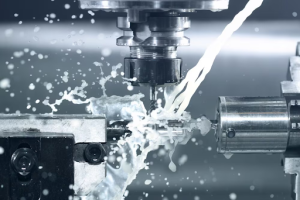
Integration with Digital Technologies
Modern CNC machines are no longer just standalone tools; they’re integrated into digital manufacturing systems. With the rise of Industry 4.0, CNC machining has evolved to become part of a connected production environment. Machines can now communicate with each other and with central control systems, collecting and analysing data in real-time.
This connectivity allows manufacturers to monitor equipment health, detect errors early, and optimise processes through predictive maintenance. It also supports smart automation, where machines adjust parameters dynamically based on part requirements, improving productivity while reducing waste.
Adaptability to Complex Designs
As product designs become more complex, so must the tools that bring them to life. CNC machining excels at creating intricate and three-dimensional components that are difficult to manufacture using other methods.
Multi-axis CNC machines (such as 5-axis or even 7-axis systems) offer unparalleled flexibility. They can work on multiple sides of a component simultaneously, reducing the need for multiple setups and improving alignment accuracy. This capability is essential in industries like aerospace, where parts often feature compound angles, curved surfaces, and tight tolerances.
Low Waste and High Material Utilisation
CNC machining is known for its efficiency in material usage. Unlike additive manufacturing (3D printing), which builds parts layer by layer, CNC is subtractive it removes material from a larger block. Although this sounds wasteful, modern CNC processes are highly optimised to minimise excess.
Advanced simulation tools allow engineers to plan toolpaths carefully, reducing unnecessary cuts and improving yield. The chips and leftover material can often be recycled, making CNC machining not only efficient but also more sustainable than many assume.
Strong ROI for Small and Large Operations
One of the reasons CNC machining continues to thrive is its economic viability. While the initial investment in machines and software may be high, the long-term return on investment is substantial. CNC machines can operate continuously with minimal supervision, reducing labour costs and increasing output.
For small businesses, CNC machining allows them to offer high-quality, customisable products without needing to outsource to larger firms. For larger operations, CNC solutions can scale effortlessly with growing demand.
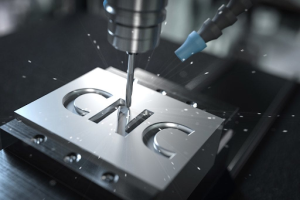
Durability and Reliability of CNC Equipment
Modern CNC machines are built to last. With proper maintenance, they can perform reliably for decades. This durability makes them a smart investment, particularly for companies that rely on consistent output over time.
Machines like the CNC beam drilling machine are a testament to this reliability. Used in structural steel fabrication, these machines can handle large I-beams and heavy-duty drilling tasks with speed and accuracy, making them essential for construction, shipbuilding, and infrastructure projects. Their rugged design and automation capabilities reduce manual labour and improve workplace safety.
Read about CNC Machining vs. Traditional Machining: Which is Right for Your Metal Project?
Ease of Training and Skilled Workforce
The rise of user-friendly interfaces and intuitive programming software has made CNC machining more accessible. Operators no longer need years of manual experience to run these machines effectively. Basic training can get someone proficient with standard setups, while advanced certifications offer deeper expertise.
This growing pool of CNC-skilled labour is good news for the industry. It ensures that companies can find or train qualified operators more easily, keeping production lines running smoothly and reducing dependency on a few specialists. Read more about how to become a CNC Machinist.
Supporting Rapid Prototyping and Innovation
Innovation is key in modern manufacturing, and CNC machining plays a major role in supporting rapid prototyping. When a new product or part needs to be tested, CNC machining offers a quick, accurate, and relatively affordable way to produce working models.
Compared to traditional moulding or forging, CNC lets designers make on-the-fly changes without expensive tooling adjustments. This flexibility shortens product development cycles and encourages creativity, especially in tech-heavy sectors like robotics or medical devices.
If you’re looking for a reliable partner for such diverse CNC machining needs, Kirmell offers tailored solutions using advanced CNC technology suitable for various materials and industries. Our services extend from the UK to Europe, Asia, and even America. Contact us for further discussion.
Complementing Emerging Technologies
CNC machining doesn’t compete with newer technologies like 3D printing or laser cutting; it complements them. In many manufacturing workflows, different technologies are combined to achieve the best results.
For example, a prototype might begin as a 3D-printed model for form testing, then move to CNC machining for strength and precision testing. Or, after a laser-cut blank is prepared, CNC might be used for final finishing or engraving. The synergy between these methods ensures that CNC remains not just relevant but essential in hybrid manufacturing environments.
This hybrid approach is explored in depth in our comparison of CNC machining versus 3D printing for different manufacturing needs.
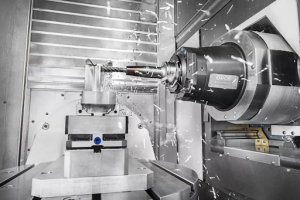
Conclusion
Despite the influx of newer technologies, CNC machining continues to hold its ground as a core tool in modern manufacturing. Its unmatched precision, consistency, material versatility, and adaptability make it indispensable across industries.
Machines like advanced CNC engraving machines bring intricate detailing capabilities, while heavy-duty tools like the CNC beam drilling machine handle large-scale structural tasks. Together, they demonstrate the wide spectrum of applications that CNC solutions cover.
As manufacturers strive for higher efficiency, reduced waste, and quicker time-to-market, CNC machining stands as a reliable partner, one that continues to evolve with technology while staying true to the principles that made it successful in the first place. In the race toward the future of manufacturing, CNC machining isn’t lagging behind; it’s leading the way.
Kirmell CNC Services: Precision and Reliability You Can Trust
At Kirmell Ltd, we specialise in providing top-quality CNC machining services for a wide range of industries across the UK, Europe, and Asia. Whether you need rapid prototyping, precision part manufacturing, or large-scale production, our expert team and advanced CNC machines ensure outstanding accuracy and efficiency.
From CNC beam drilling machines for structural components to advanced CNC engraving machines for detailed finishes, Kirmell delivers solutions tailored to your exact specifications. Visit www.kirmell.co.uk to explore our full range of CNC services and contact us to request a custom quote.
FAQs
How to learn a CNC machine?
How to operate a CNC machine?
How much does a CNC machine cost?


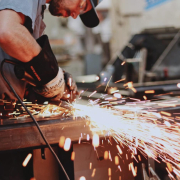
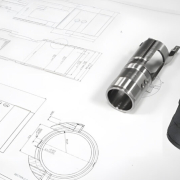
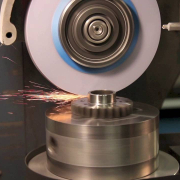
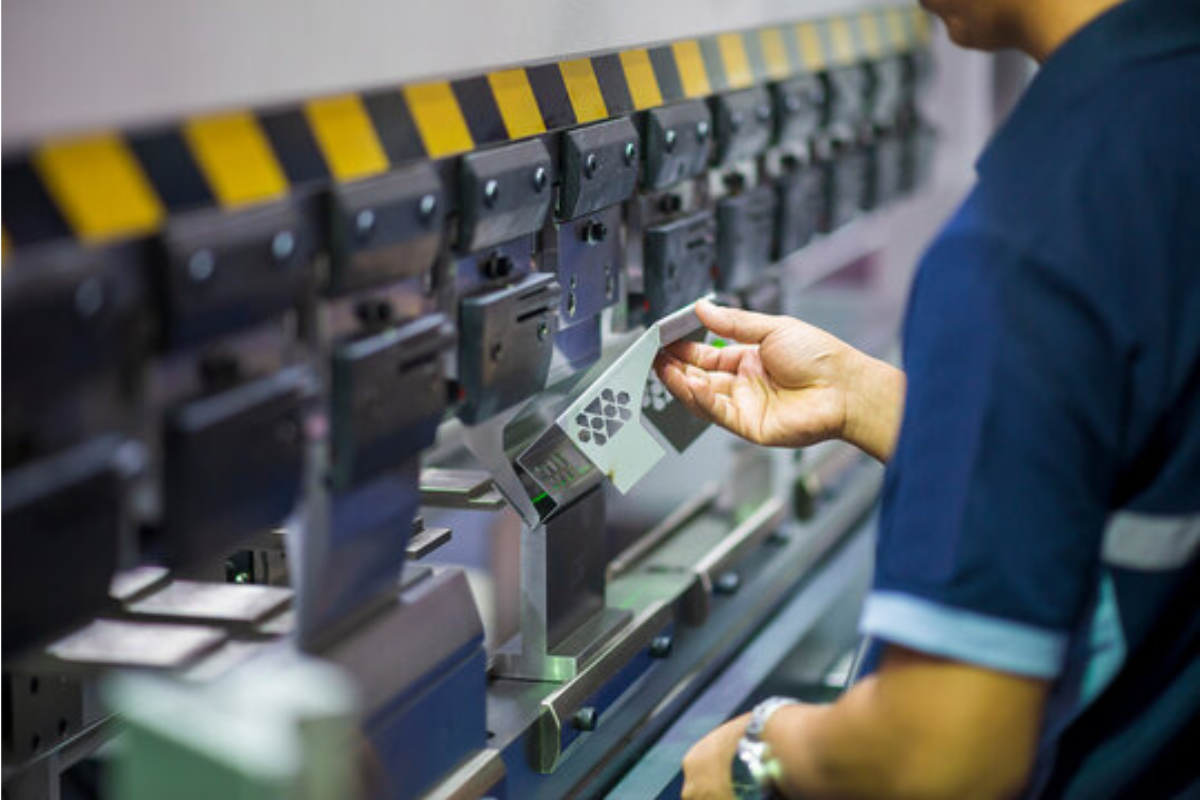
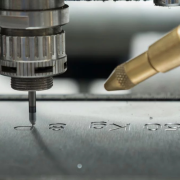
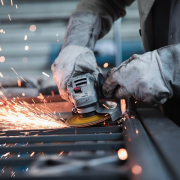
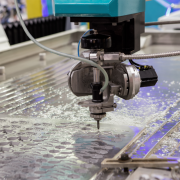


Leave a Reply
Want to join the discussion?Feel free to contribute!